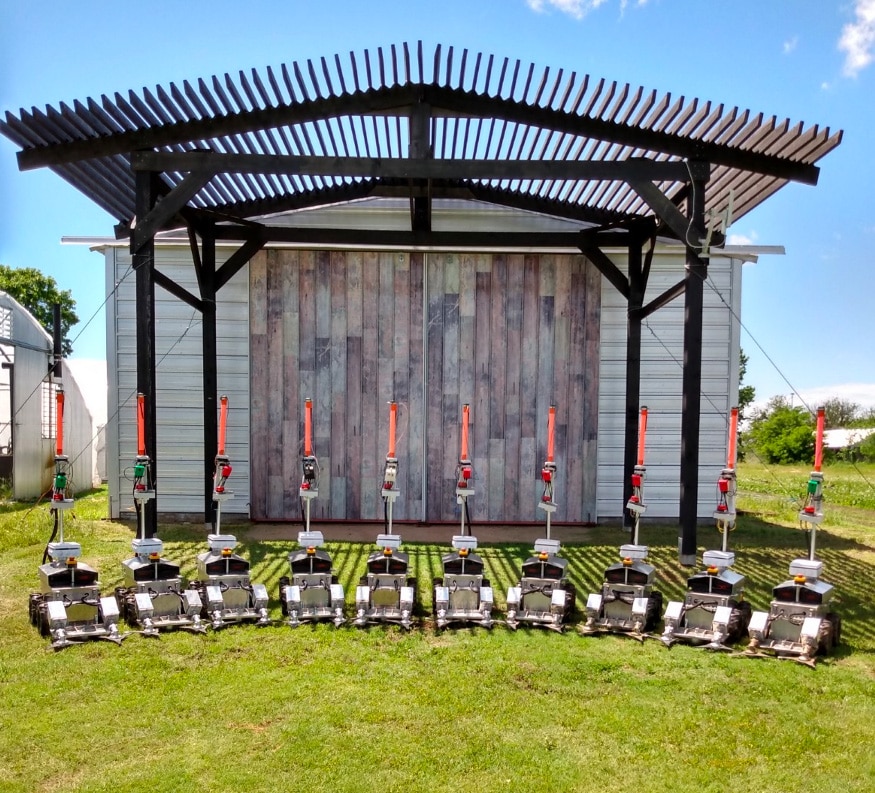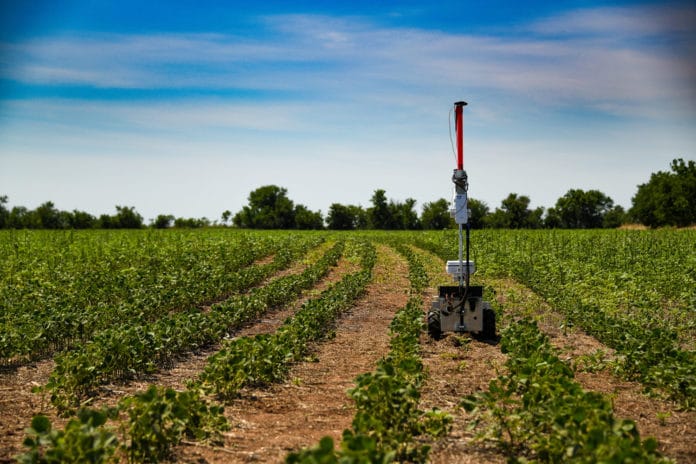Today, it is a reality that technology is increasingly involved in agricultural processes, for example, in eliminating weeds at affordable costs. Now, Greenfield Robotics is on a mission to help farmers grow food with fewer chemicals. Instead of using the traditional method of applying herbicides and tilling the ground to control weeds, Greenfield uses a fleet of lightweight robots to perform the task.
Clint Brauer, the CEO of Greenfield Robotics, grew up on the farm with his parents in Cheney, Kansas. As a teenager, he went to the big city and threw himself fully into the technological and digital world. Years later, he returned to the field with a very clear purpose: to demonstrate that grains could be produced on a large scale without agrochemicals.
Brauer was interested in the idea of achieving this under direct seeding because he knew the benefits of this on the soil, microorganisms, fertility, and sustainability of resources. But there Brauer found a problem, which was the difficulty in eliminating weeds without breaking the soil and the dependence on chemical products that direct seeding brought. So without these, and with how expensive and physically difficult, it would be to control them by hand, he thought that the solution would undoubtedly come from the hand of robotics.

Together with his friend Steven Gentner, founder of RoboRealm, he managed to build a robot that mows down aggressive broadleaf weeds, specifically the fast-growing pigweed. Unlike the complex solutions sought by various industries, this group teaches robots to identify rows and distinguish between the crop or the weed. It didn’t seem too difficult.
The anti-weed robots weigh only 140lbs (63 kg) and look like thin, upright vacuums. These small robots can go out even in muddy conditions to mow weeds. Besides, even after fields received 3 inches of rain, Greenfield’s robots are able to go out and do their job, while a spray rig would easily get stuck in the mud.
Each robot for “widespread weed control” is equipped with a sensor that allows it to sense depth and crop rows. The software combines this capability with standardized dropped row data, all covered by a real-time GPS kinematic map. They essentially function as miniature lawn mowers, eliminating weeds as they travel up and down crop rows.
Like Greenfield Robotics, Farmwise and the Small Robot Company also develops robots to map, identify, and eliminate weeds.
According to OneZero, the company has raised $500,000 in funding for its weed-killing robots and is in the process of receiving another $8 million this fall. As Greenfield Robotics continues to grow, its goal is to use a fleet of 10 robots to knock out 100 acres in one day.
